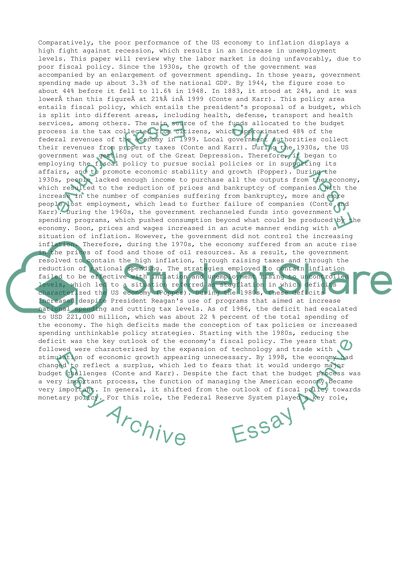Cite this document
(“Labor market Essay Example | Topics and Well Written Essays - 1000 words”, n.d.)
Labor market Essay Example | Topics and Well Written Essays - 1000 words. Retrieved from https://studentshare.org/business/1476517-labor-market
Labor market Essay Example | Topics and Well Written Essays - 1000 words. Retrieved from https://studentshare.org/business/1476517-labor-market
(Labor Market Essay Example | Topics and Well Written Essays - 1000 Words)
Labor Market Essay Example | Topics and Well Written Essays - 1000 Words. https://studentshare.org/business/1476517-labor-market.
Labor Market Essay Example | Topics and Well Written Essays - 1000 Words. https://studentshare.org/business/1476517-labor-market.
“Labor Market Essay Example | Topics and Well Written Essays - 1000 Words”, n.d. https://studentshare.org/business/1476517-labor-market.


